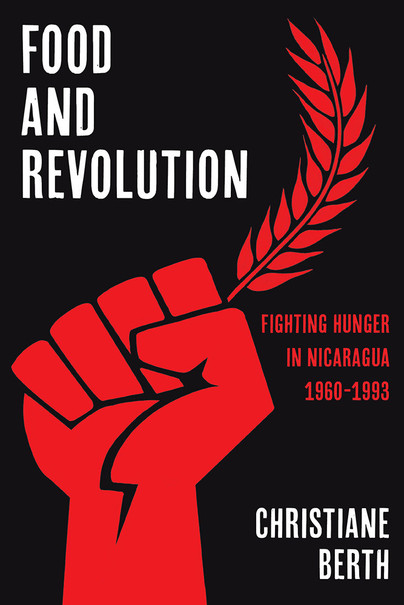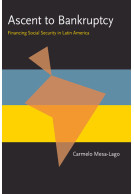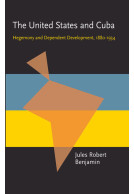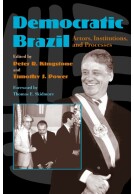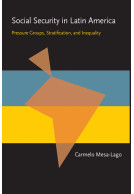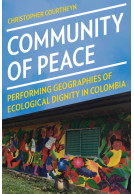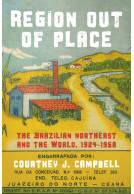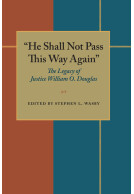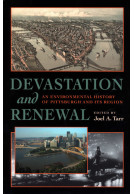Google Books previews are unavailable because you have chosen to turn off third party cookies for enhanced content. Visit our cookies page to review your cookie settings.
Food and Revolution (Hardback)
Fighting Hunger in Nicaragua, 1960-1993
Imprint: University of Pittsburgh Press
Series: Pitt Latin American Series
Pages: 296
Illustrations: 25 b&w illustrations
ISBN: 9780822946045
Published: 15th May 2021
Script Academic & Professional
Series: Pitt Latin American Series
Pages: 296
Illustrations: 25 b&w illustrations
ISBN: 9780822946045
Published: 15th May 2021
Script Academic & Professional
You'll be £39.00 closer to your next £10.00 credit when you purchase Food and Revolution. What's this?
+£4.99 UK Delivery or free UK delivery if order is over £40
(click here for international delivery rates)
Need a currency converter? Check XE.com for live rates
(click here for international delivery rates)
Need a currency converter? Check XE.com for live rates
Food policy and practices varied widely in Nicaragua during the last decades of the twentieth century. In the 1970s and ‘80s, food scarcity contributed to the demise of the Somoza dictatorship and the Sandinista revolution. Although faced with widespread scarcity and political restrictions, Nicaraguan consumers still carved out spaces for defining their food choices. Despite economic crises, rationing, and war limiting peoples’ food selection, consumers responded with improvisation in daily cooking practices and organizing food exchanges through three distinct periods. First, the Somoza dictatorship (1936-1979) promoted culture and food practices from the United States, which was an option only for a minority of citizens. Second, the 1979 Sandinista revolution tried to steer Nicaraguans away from mass consumption by introducing an austere, frugal consumption that favored local products. Third, the transition to democracy between 1988 and 1993, marked by extreme scarcity and economic crisis, witnessed the re-introduction of market mechanisms, mass advertising, and imported goods. Despite the erosion of food policy during transition, the Nicaraguan revolution contributed to recognizing food security as a basic right and the rise of peasant movements for food sovereignty.
Other titles in the series...
Other titles in University of Pittsburgh Press...







